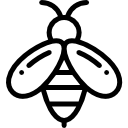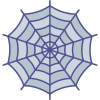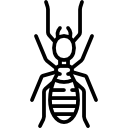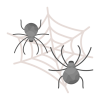Flies
What are Flies?
Flies are harmful to humans, animals, and livestock, and they may infest houses and businesses. House flies are suspected of infecting humans and animals with at least 65 illnesses, including typhoid fever, dysentery, cholera, poliomyelitis, yaws, anthrax, tularemia, leprosy, and TB. Flies regurgitate and defecate wherever they land, mechanically transmitting disease germs. Although flies can transport germs, viruses, and parasites from garbage to our meals, a single touchdown is unlikely to set off a chain reaction that leads to sickness in the ordinary healthy person.
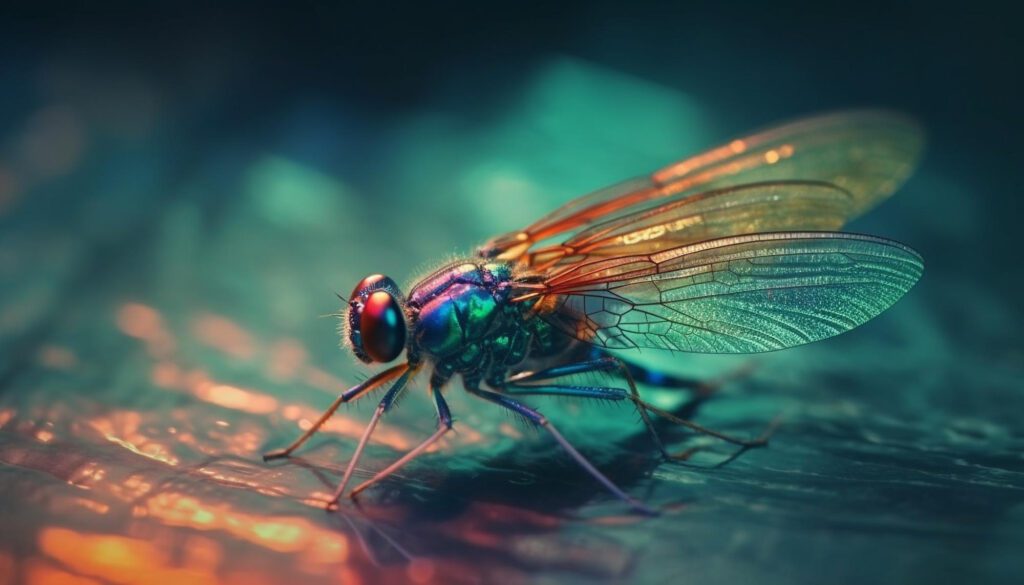
Type of Flies
Flies are small to medium-sized insects with varied colors, often black or brown. They have transparent wings and large, compound eyes.
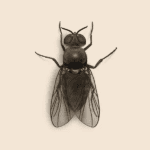
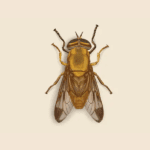
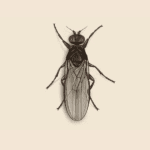
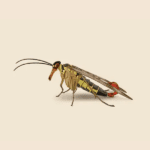
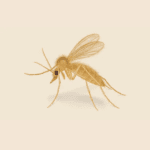
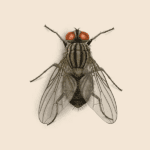
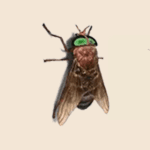
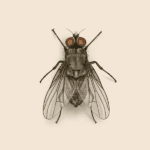
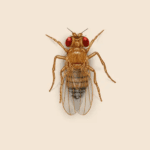
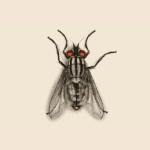
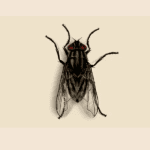
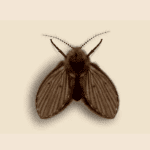
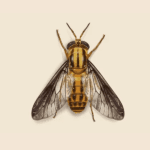
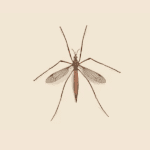
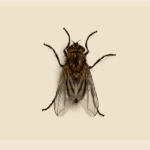
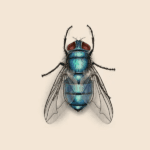
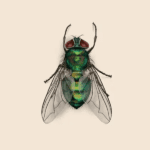
Risks Associated with Flies
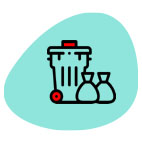
Open Garbage Is Their Buffet
The last thing you want to see is a bunch of winged nuisances turning your garbage can into their condo.

Open Food
Flies can swarm fruit that’s decomposing, open soda and alcohol containers- anything that’s sugary, sweet, and available.

Scum Coating the Bottom and Inside of Drains
Flies gather, mate, and lay eggs in moisture or standing water. Your drains could become their breeding ground if left unchecked.
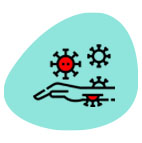
Transmitting Diseases
Flies can transmit several pathogenic viruses, bacteria, and parasites that can cause diseases in humans, livestock and wild animals.
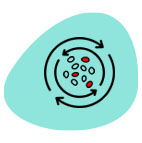
Reproduction Rates
Flies are known for their rapid reproduction rates. The exact reproduction rate can vary depending on the specific species and environmental conditions, but in general, flies can reproduce quickly
A pest free home is a happy home
We make it happen!
"Simple, Reliable, Affordable"
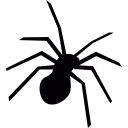
Biting
